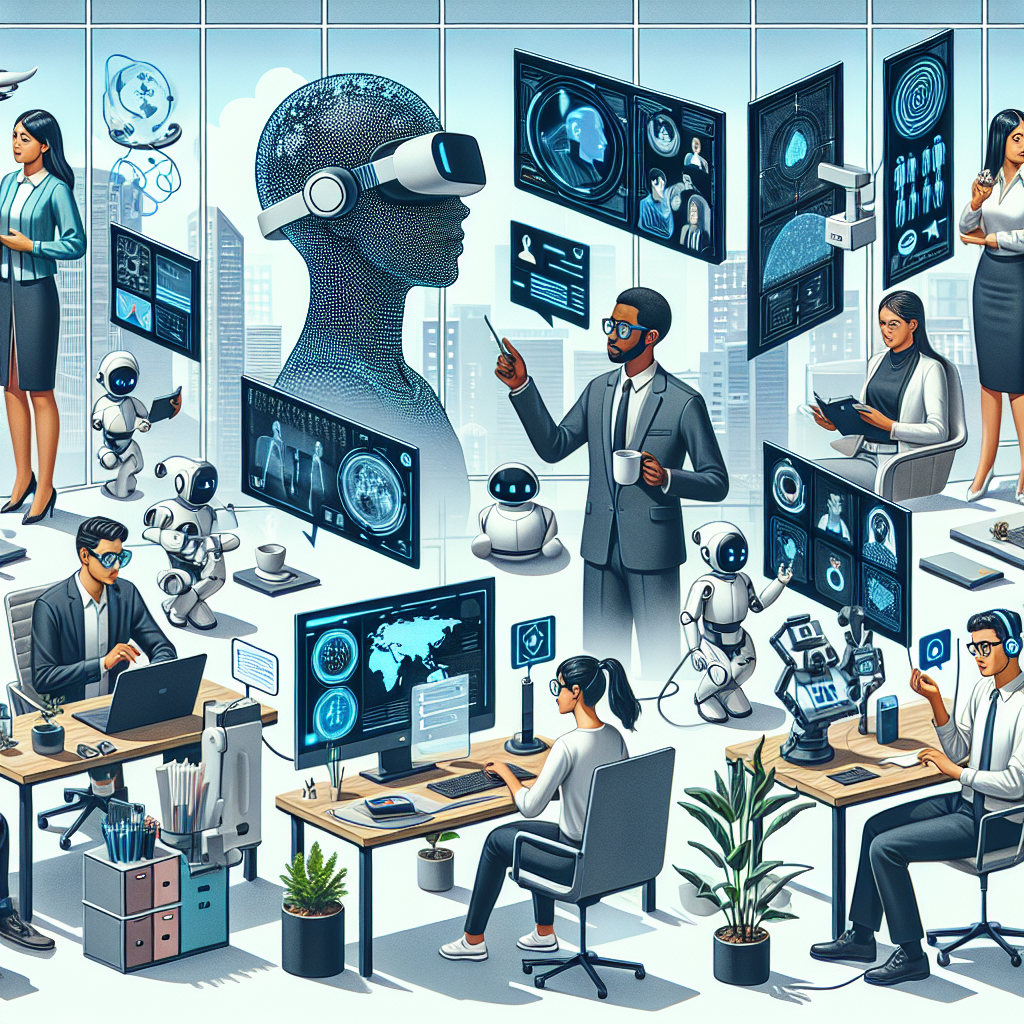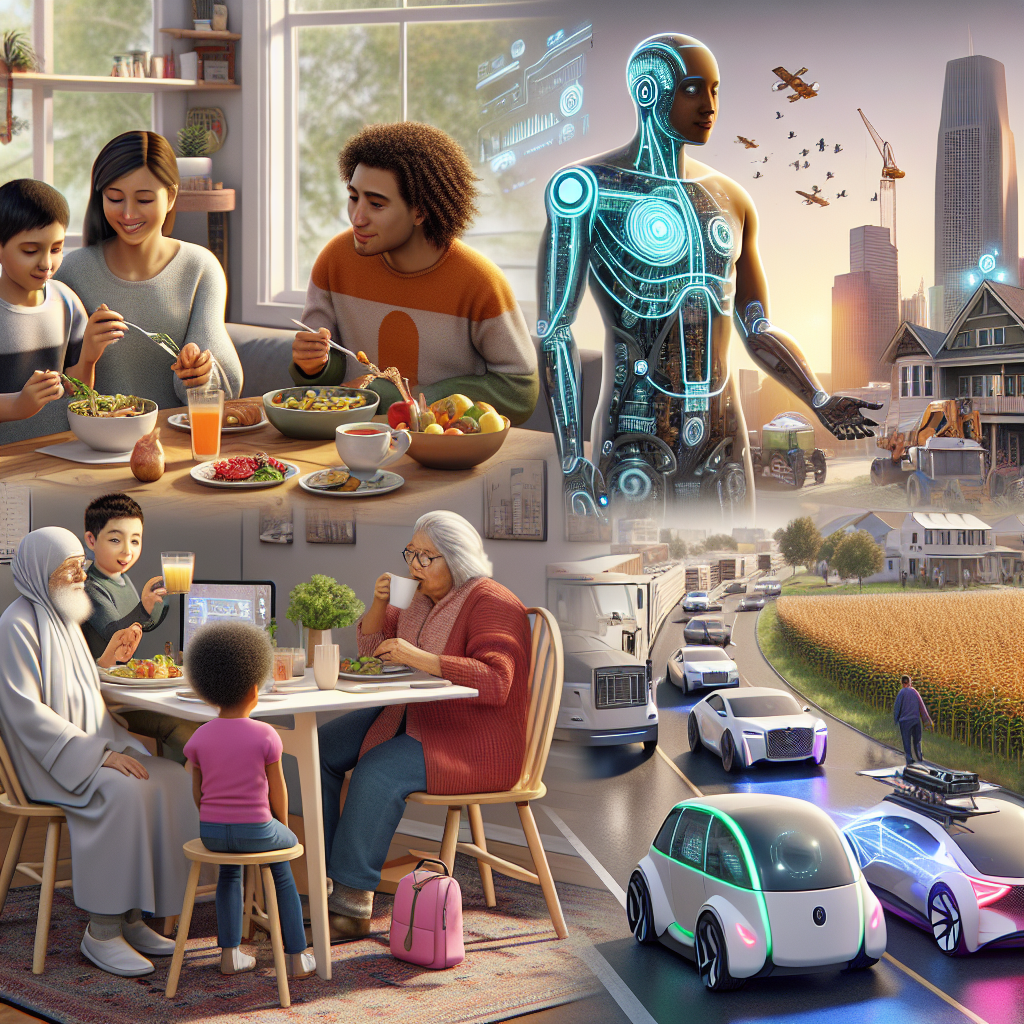Maximizing Your Productivity with AI Tools: Tips for 2025
In today’s fast-paced digital world, productivity is more important than ever. As we head into 2025, Artificial Intelligence (AI) tools have become indispensable allies in managing time, streamlining workflows, and enhancing output quality. If you want to stay ahead of the curve and make the most out of your workday, leveraging AI effectively is the key. This article will share practical tips on how to maximize your productivity using AI tools in 2025.
1. Understand Your Workflow and Identify Bottlenecks
Before integrating AI tools into your routine, take some time to analyze your current workflow. What repetitive tasks consume most of your time? Where do delays or errors frequently occur? Identifying these areas will help you choose the right AI solutions that specifically address your pain points.
For example, if you spend hours sifting through emails or managing your calendar, AI-powered email assistants or scheduling tools can dramatically reduce this burden.
2. Choose AI Tools That Complement Your Tasks
There is a vast ecosystem of AI tools available, each designed for different purposes — from automating data entry to generating creative content or analyzing customer sentiment. Select AI tools that align well with your primary responsibilities. Some popular categories include:
- Project Management: Tools like Asana or Monday.com now integrate AI to predict project risks and prioritize tasks.
- Writing Assistance: AI writing assistants help with drafting, editing, and even brainstorming content ideas.
- Customer Support: AI chatbots can handle common queries, freeing you to focus on more complex interactions.
- Time Management: AI-based schedulers optimize your calendar by identifying the best times for meetings and focused work.
3. Automate Repetitive Tasks with AI
Repetitive tasks are productivity killers, but AI excels at automating them. Tools like Zapier or Microsoft Power Automate can connect different apps and create workflows that trigger actions automatically. For instance, when you receive an email with an attachment, you can set an automation that saves it to cloud storage and notifies you – all without lifting a finger.
These automations not only save time but also reduce human error, giving you more mental bandwidth for creative or strategic work.
4. Take Advantage of AI-Powered Data Analysis
Many businesses struggle with the overwhelming amount of data generated daily. AI tools can sift through large datasets quickly, spot trends, and generate actionable insights.
For example, if you’re managing sales or marketing campaigns, AI analytics platforms can help you understand customer behavior, optimize ad spend, and forecast results. Learning how to interpret these AI-driven insights will empower you to make smarter decisions and boost your productivity.
5. Enhance Creativity and Brainstorming
AI is not just for rote tasks—it can spark creativity too. Tools that generate ideas, write drafts, or even create graphics enable you to accelerate the creative process. For writers, AI can provide suggestions for overcoming writer’s block or help format documents quickly. Designers can experiment with AI-generated art or templates to inspire new visual concepts.
Integrating AI into your brainstorming sessions can keep ideas flowing and reduce the time spent on initial drafts or designs.
6. Use AI to Improve Communication
Clear and efficient communication is central to productivity. AI tools that provide language translation, grammar checking, and tone adjustment allow you to write more professionally and save time editing.
Additionally, AI transcription services convert meetings and calls into written notes instantly, allowing you to focus on discussion rather than note-taking. This can dramatically improve your meeting productivity and follow-up processes.
7. Invest Time in Learning and Customization
AI tools are powerful but often require some learning and customization to fit seamlessly into your workflow. Spend time exploring training resources, tutorials, and community forums to understand best practices.
Moreover, many AI tools enable users to customize algorithms or workflows to better suit specific needs. Tailoring these features can unlock greater efficiency and a more personalized experience.
8. Maintain Ethical and Privacy Standards
While maximizing productivity is important, always be mindful of ethical and privacy considerations when using AI. Only use trustworthy tools that comply with data protection regulations, and be transparent with your team or clients about AI usage where relevant.
Respecting these principles not only safeguards your data but also builds trust, which is essential for long-term success.
9. Stay Updated with Emerging AI Technologies
The field of AI is evolving rapidly. New tools and features are continuously emerging that can further enhance productivity. Make it a habit to stay informed through blogs, webinars, and industry news to incorporate the latest advancements into your toolkit.
For example, developments in generative AI and natural language processing in 2025 are enabling more sophisticated automation and creative support than ever before.
10. Balance AI Assistance with Human Judgment
While AI can significantly boost productivity, it’s important to remember that it should augment—not replace—human judgment. Use AI-generated suggestions and data as inputs to inform your decisions, but apply your own critical thinking and domain expertise to ensure quality and relevance.
This balanced approach maximizes productivity without compromising creativity or strategic insight.
Conclusion
Maximizing productivity with AI tools in 2025 requires a strategic and thoughtful approach. By understanding your workflow, choosing appropriate AI technologies, automating where possible, and maintaining ethical standards, you can dramatically increase your efficiency and output. Remember to complement AI assistance with your human skills and continuously learn to stay at the forefront of productivity innovations. Start today and watch how AI transforms the way you work!



